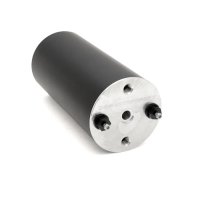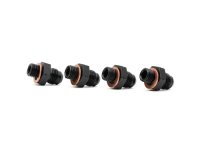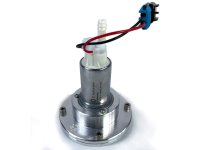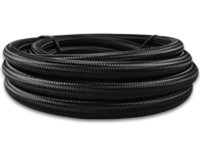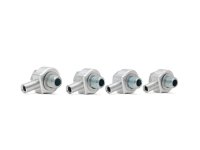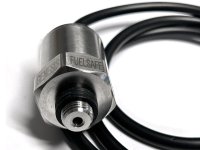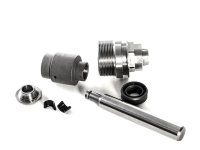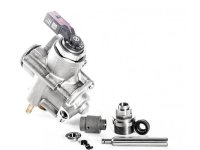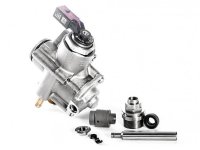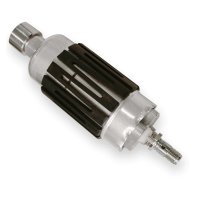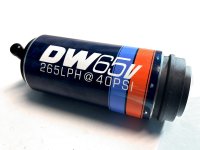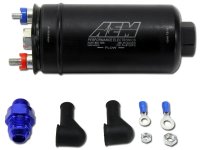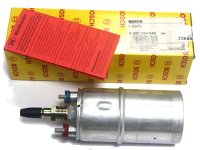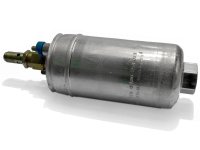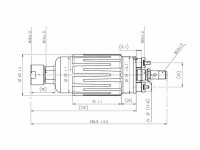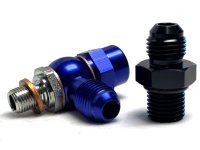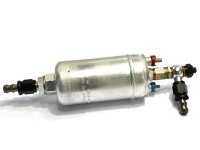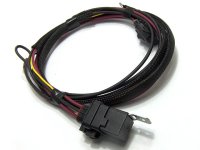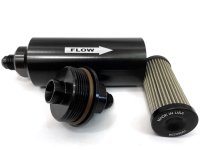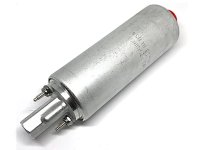Know Your Needs:
In order to determine what kind of fuel pump will take care of your engine's needs, you must first decide on (or know) the injector size and the maximum boost you plan to run. For example, an (AWP-code) 1.8T’s stock 317 cc/min injectors might require an upgrade to 580cc/min injectors. Four 580cc injectors theoretically will flow 139lph at 100% injector duty cycle (IDC). A boost pressure of 25 psi would probably be considered by many to be the upper limit for most street engines. The fuel pump you need then must be able to supply at least 139lph at 68.5psi fuel line pressure (43.5psi base pressure + 25 psi to compensate for boost pressure in the plenum) at the voltage the pump is receiving. The voltage the pump receives is critical because flow can vary by 5 to 80 percent per volt depending on the particular pump, the voltage level, and the line pressure.
Get the Ratings:
To determine if a fuel pump can meet your needs, you will need either a flow chart (see the example below) or a flow rating for the pump. A flow chart is the best choice because it shows the measured flow rate over a range of line pressures, usually in increments of either 5 or 10 psi, for a particular supplied voltage. A flow rating cites the flow rate at one line pressure. For a flow rating to be useful it also must state the supplied voltage. If the voltage is not stated, it is probably fair to assume it is 13.5 volts. The flow rating pressure is usually 0 psi (also called the free-flow rating) or some integer multiple of bars. Three bars (43.5 psi) is a popular rated pressure for electric pumps, as is 5 bars (72.5 psi).
Use the the "Convert" utility to juggle the metric and standard measurements needed to do these calculations.

